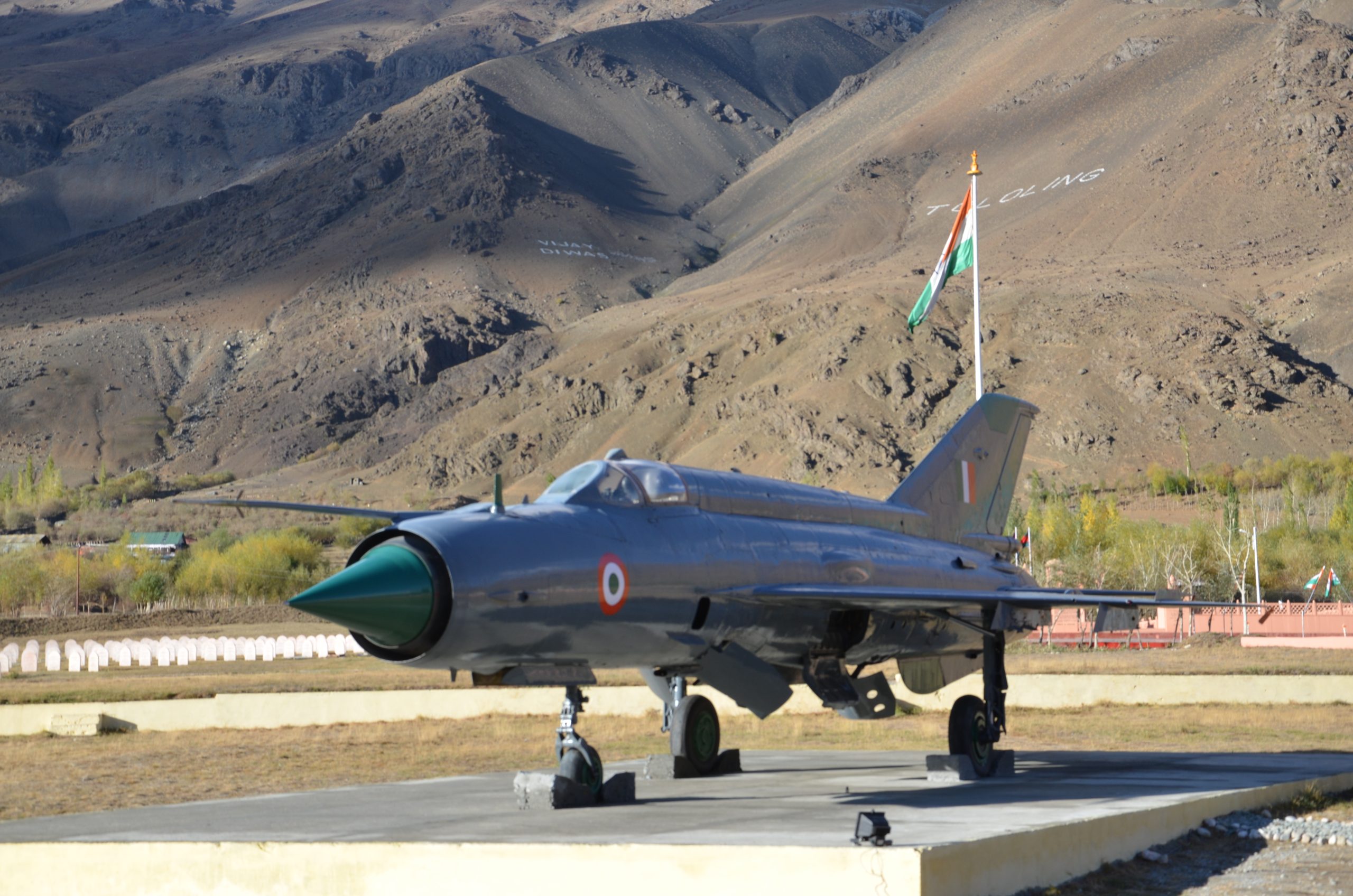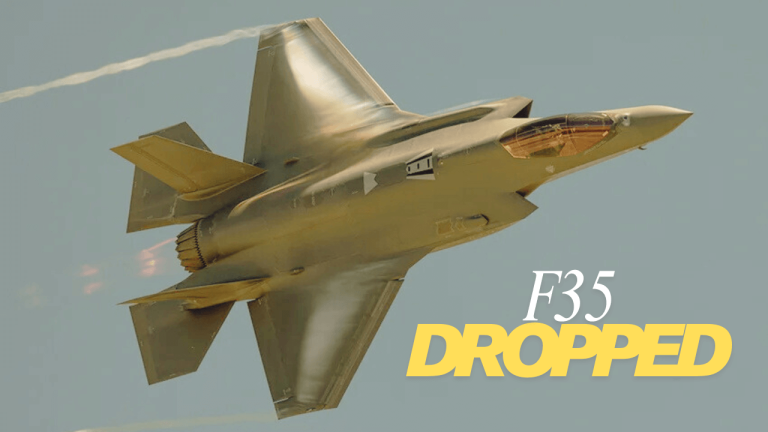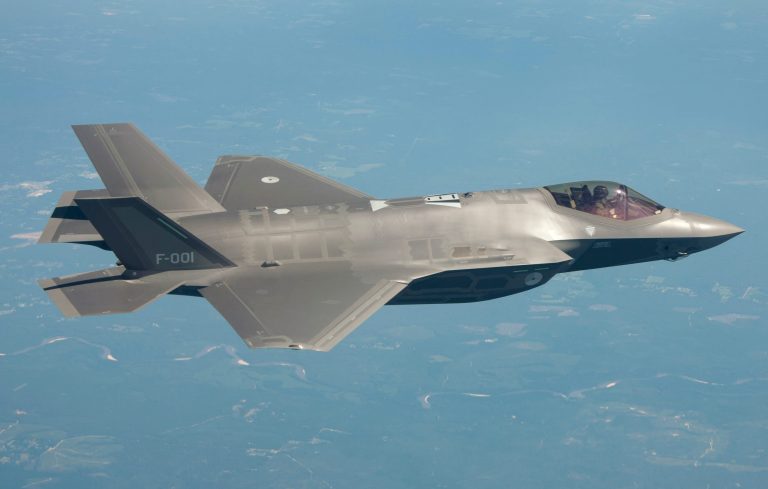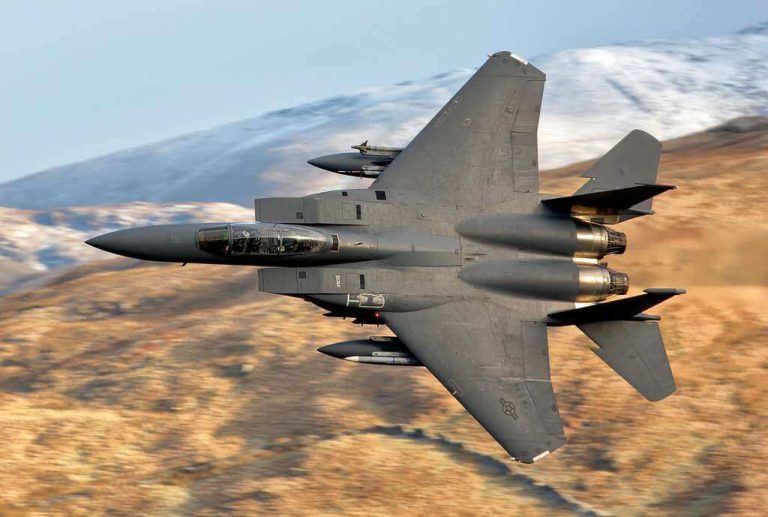India’s Air Force is finally saying goodbye to the iconic but aging MiG-21 fighter jet—a move that has been expected for years, but delayed far too long. The MiG-21 has served India for over six decades, becoming both a symbol of early military aviation strength and, more recently, a reminder of outdated defense infrastructure.
But with this farewell comes new challenges. Replacing the MiG-21 is not as simple as retiring an old machine—it raises questions about airpower gaps, future fighter jets, and the Indian Air Force’s readiness in a volatile neighborhood.
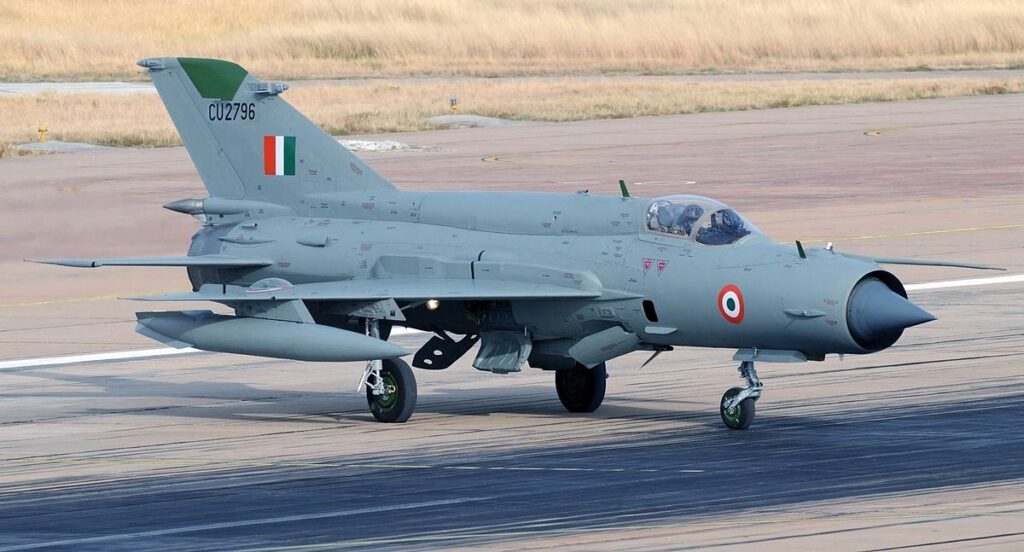
✈️ Why the Retirement is Long Overdue
The MiG-21 was inducted into the Indian Air Force (IAF) in 1963, originally built in the Soviet Union. It was the first supersonic jet in India’s fleet, and it gave the IAF a much-needed technological edge during the Cold War era.
But time hasn’t been kind to the MiG-21.
- Nicknamed the “Flying Coffin,” the MiG-21 has seen over 400 crashes in India, leading to the deaths of more than 200 pilots and crew.
- The jet was designed in the 1950s and lacks modern safety, avionics, and survivability standards.
- Mechanical failures and limited pilot training time have made the aircraft highly risky, especially in peacetime operations.
Despite repeated recommendations by defense analysts and former IAF officials, the MiG-21 stayed in service due to delays in procurement, budget constraints, and lack of available replacements.
🕑 Why the Delay?
There are a few reasons India held onto the MiG-21 for so long:
- Delayed Indigenous Programs: The HAL Tejas Light Combat Aircraft (LCA) program has faced years of development delays. Tejas was supposed to replace the MiG-21 a decade ago, but full-scale induction took time.
- Slow Imports and Budget Limits: High costs and bureaucratic red tape slowed down the purchase of foreign jets like Rafales or Su-30MKIs. India simply didn’t buy enough new aircraft to retire the old ones.
- No Back-up Plan: With limited squadrons and rising threats from China and Pakistan, the Air Force kept flying the MiG-21 to maintain minimum operational strength—despite safety concerns.
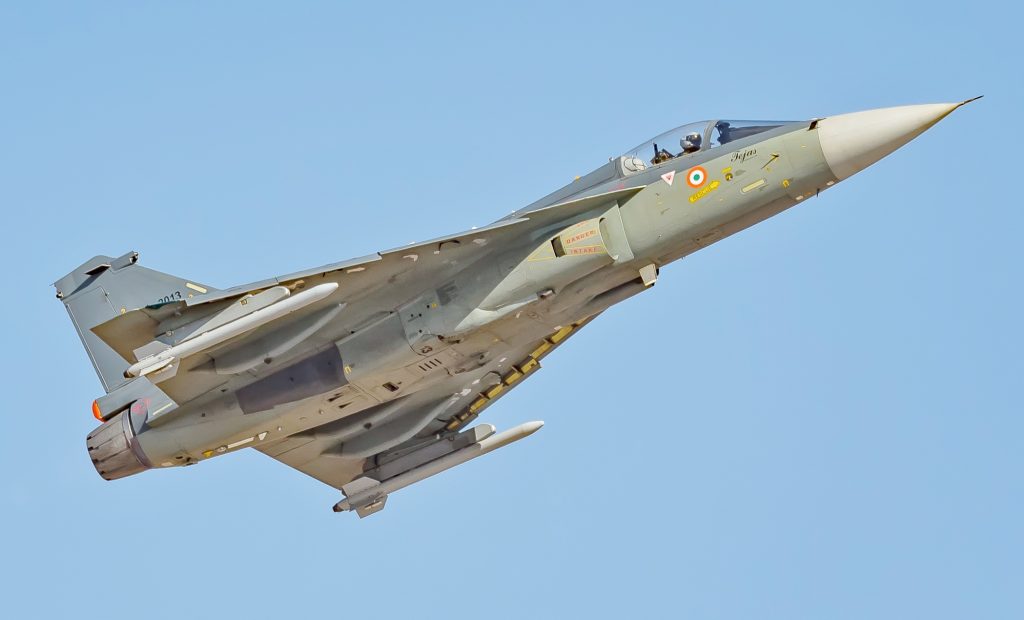
⚠️ The Real Problem: India’s Shrinking Fighter Fleet
Even as the MiG-21 is phased out, the IAF is facing a shortage of fighter squadrons.
- Required strength: 42 squadrons (to counter simultaneous threats from China and Pakistan)
- Current strength: Around 31 squadrons
- Each squadron = 16–18 aircraft
With the retirement of MiG-21s and delays in new inductions, this gap may widen before it improves. That’s a concern, especially considering:
- Rising Chinese air activity near Arunachal Pradesh and Ladakh
- Unstable relations with Pakistan and continued border tensions
The IAF will need to rely heavily on rapid induction, lifecycle upgrades, and multi-role capability of existing jets to stay combat-ready.
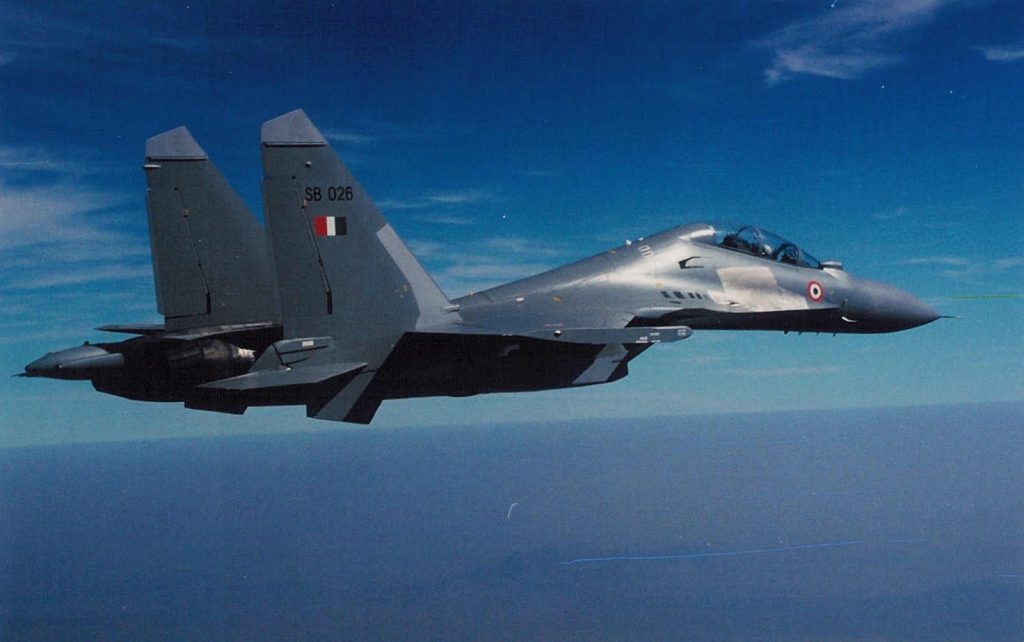
🔁 What Will Replace the MiG-21?
Now that the IAF is finally phasing out the last MiG-21 squadrons (with the final squadron to retire by 2025), the big question is: what’s next?
✅ 1. HAL Tejas Mk-1A
- India’s first indigenous fighter jet.
- Lightweight, agile, and equipped with modern avionics.
- 83 Tejas Mk-1A jets have been ordered, deliveries to begin from 2024–25.
- It’s expected to take over some of the roles handled by the MiG-21.
✅ 2. Rafale Jets
- 36 Dassault Rafales have been inducted from France.
- These are 4.5 generation multirole fighters, vastly superior to the MiG-21.
- However, due to small numbers, Rafales are more suited for strategic missions.
✅ 3. Su-30MKI & Mirage-2000 Upgrades
- India continues to rely on Russian-made Su-30MKIs and upgraded Mirage-2000s.
- These aircraft will carry the heavier combat load while Tejas replaces light strike and interception duties.
✅ 4. Future Projects
- AMCA (Advanced Medium Combat Aircraft): India’s 5th-gen fighter program.
- MRFA (Multi-Role Fighter Aircraft) tender: India is considering buying up to 114 new fighters—candidates include F-21, Gripen E, Rafale, Su-35, and Eurofighter Typhoon.
🧭 What’s the Way Forward?
To manage this tricky transition, India will need to focus on:
- Speeding up Tejas production: HAL must meet deadlines and scale up deliveries.
- Fast-tracking new fighter deals: Whether it’s MRFA or AMCA, decisions must be made faster.
- Enhancing indigenous capability: Developing homegrown engines, avionics, and maintenance capacity will reduce dependency.
- Improving pilot training and infrastructure: Ensuring newer jets are matched with well-prepared pilots and advanced simulators.
🪖 A Mixed Farewell
The MiG-21 was once a proud symbol of India’s air power. It played major roles in the 1965, 1971, and Kargil conflicts, and brought India into the supersonic age. But its long service came at a cost—one measured in lives and delay.
Retiring it is not just the end of an aircraft’s journey, but a chance to finally modernize and streamline the IAF into a future-ready force.
The MiG-21 should have been retired years ago. While its legacy deserves respect, holding onto it for too long exposed India to unnecessary risk.
Now, India must move quickly to fill the gap with modern jets—whether homegrown or foreign. For a country facing two nuclear-armed neighbors, maintaining air superiority is not an option—it’s a necessity.
Some aircraft, like the Tejas, are ready to take on the mantle. But with fewer squadrons than needed, India will have to balance capability with numbers—and fast.
References: https://indianairforce.nic.in/ https://www.thehindu.com/
